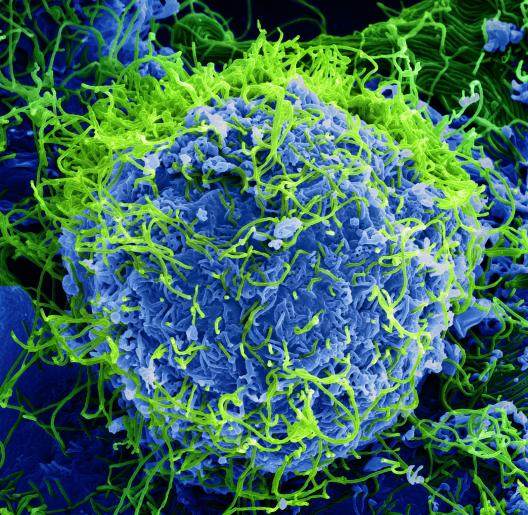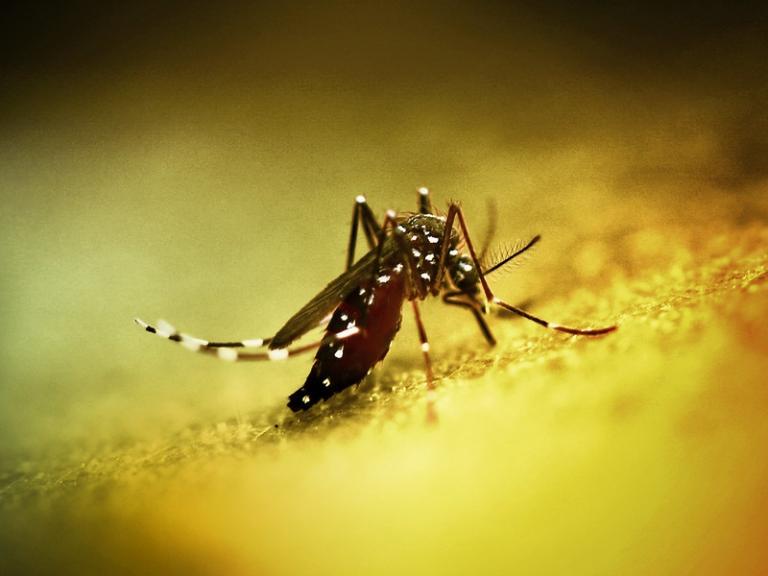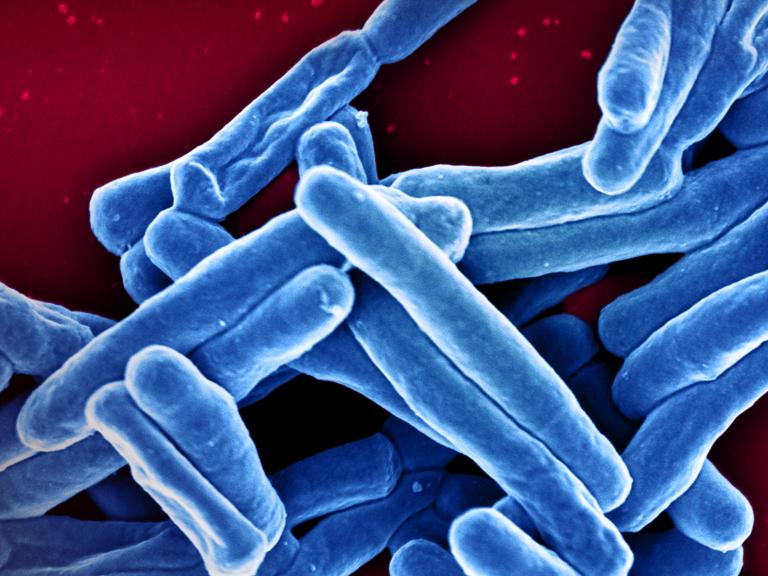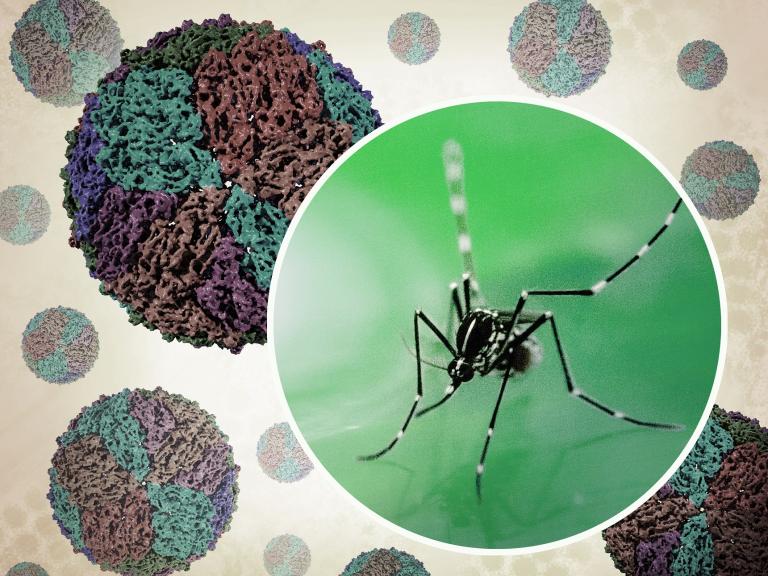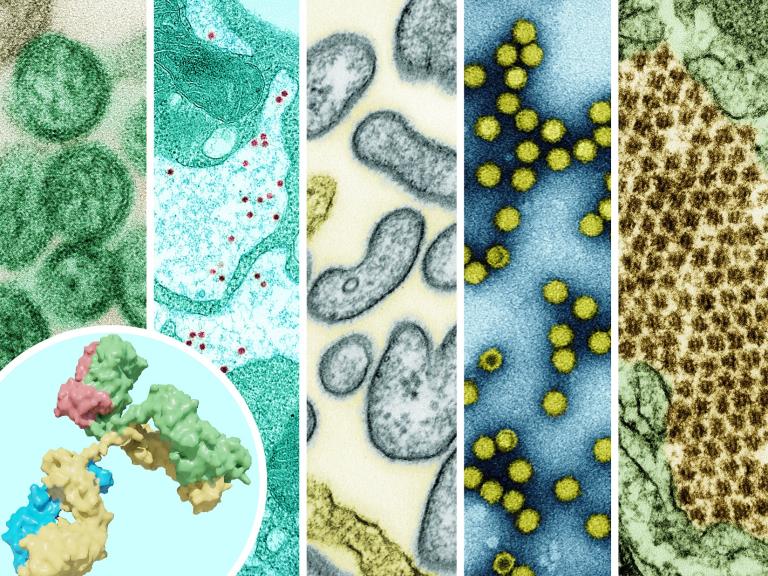Ebola is a serious and often fatal illness caused by a virus. Several viruses can cause Ebola disease in humans, including Ebola virus and Sudan virus. Symptoms of Ebola include fever, headache, muscle pain, weakness, fatigue, diarrhea, vomiting, stomach pain, and severe bleeding and bruising.
More broadly, Ebola virus and Sudan virus are part of the Filoviridae family, which also includes the viruses which cause Marburg disease. There are two known viruses which can cause Marburg in humans and nonhuman primates. Like Ebola, Marburg symptoms can include fever, muscle aches, weakness, diarrhea and vomiting, and severe bleeding. In severe cases, Marburg can be fatal.
Cases of Ebola and Marburg virus disease are rare, but outbreaks occasionally arise in Africa, where the viruses circulate among some populations of animals, such as bats. Humans can acquire ebolaviruses and Marburg viruses from infected animals, or from other people. When spreading between humans, both Ebola and Marburg are transmitted through direct contact with the bodily fluids (such as blood or mucous) of an infected person.
The first vaccine for Ebola virus, rVSV-ZEBOV, which was developed with assistance from NIAID, was approved in the United States in December of 2019. This vaccine and others can now be used to protect people in high-risk areas, or people who have had contact with sick Ebola virus disease patients. However, these vaccines are not designed to provide protection against Ebola disease caused by other viruses, such as Sudan virus. In addition, monoclonal antibody treatments for Ebola can improve patient survival. NIAID is committed to conducting and supporting research on additional treatments, diagnostics, and preventative measures for these diseases.
Related Public Health and Government Information
To learn about risk factors for Ebola and Marburg, as well as learn current prevention and treatment strategies visit the MedlinePlus Ebola site or the visit the Centers for Disease Control and Prevention Marburgh hemorrhagic fever site.
